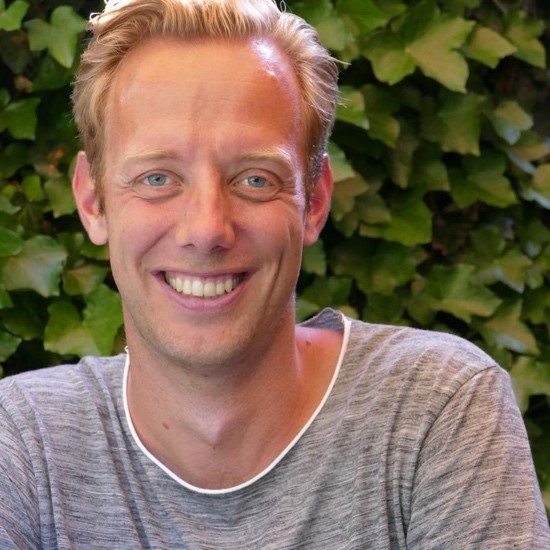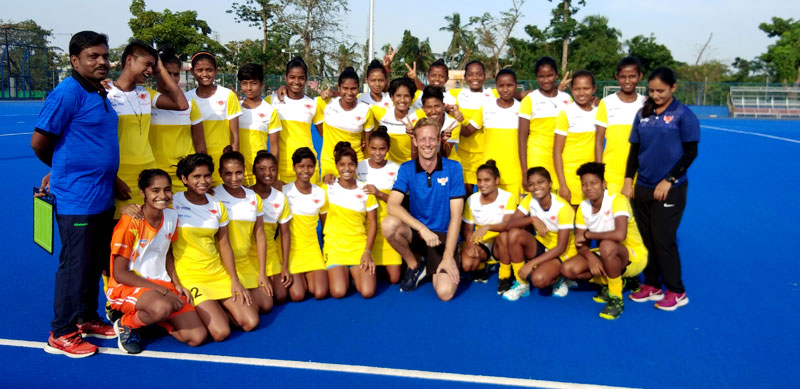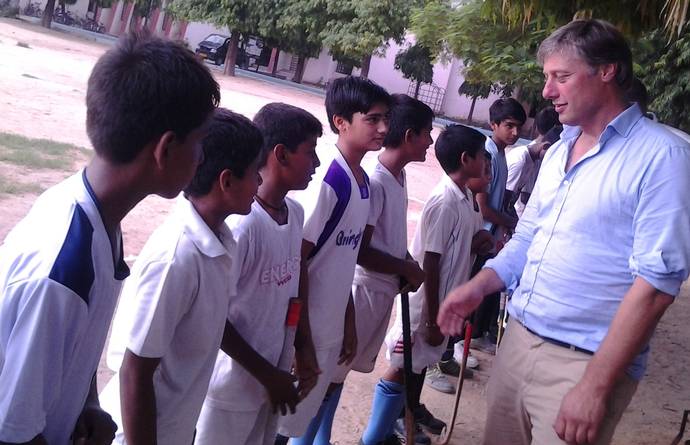One gets used to everything, even to India …
After almost two months in India, I start getting used to everything. Even the things that I mentioned in my previous blog, like cows on the road and wrong-way driving. As long as you don’t worry about it, you can get used to it. Hadn’t I done this, I wouldn’t have been able to write this second blog due to high blood pressure and palpitations 😉
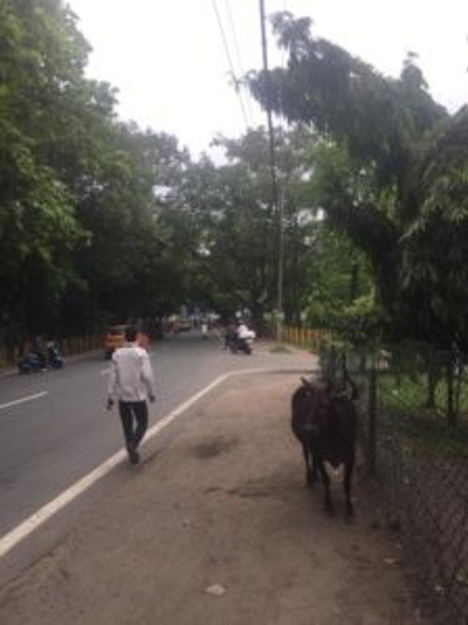
As crazy as everything gets here, it will (almost) always work out. One way or another. But about always at the very last moment. This applies to organizing events up to driving a car. I can go on for hours about the culture, but I promised to write this second blog about hockey in India (more blogs will come, so don’t worry to miss out on any of my adventures here).
I would like to tell you about how hockey in India works and how it is handled here. Hockey in India is completely different than in The Netherlands. India has no hockey clubs. Hockey, just like cricket, is the sport of the poor here, after reading this piece you will understand why, and not like in Europe for the better off. Hockey is mainly played on the street in the city or on grass (mud/sand fields) in the villages of India, so called grassroots level. Children of all ages come to train for 1 hour every day after school.
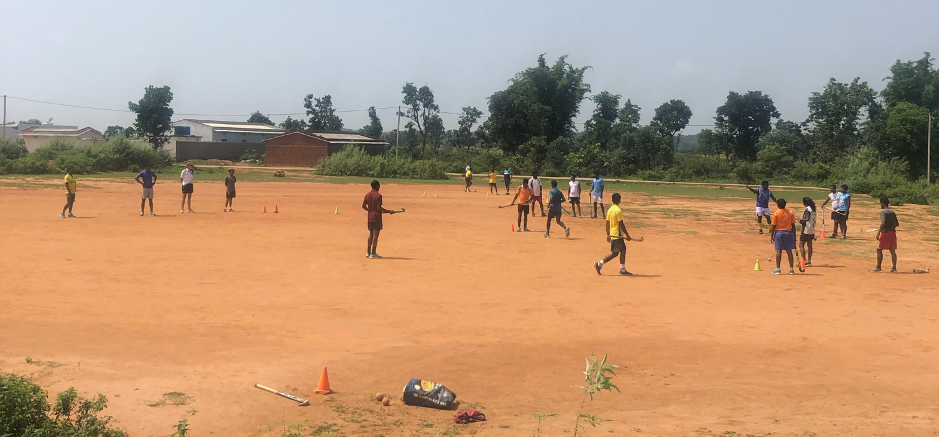
In some parts of India hockey is also played at schools. From the grassroots level, children can get selected for the regional development center, RDC. To be able to get selected, you have to do selection during one of the selection days, come from the region and not be older than 13 years. At the RDC, children train every other day for 1,5hours on an artificial pitch, the days that they do not train at the RDC, they can continue to train in their own village after school hours at the grassroots level. As said the RDC trains on an artificial pitch, depending on the region, this is a sand or water based field. Not meaning that is gets sprinkled, sometimes it is not possible because the installation is broken or because it is too dry in the region and there would be shortage of water for the rest of the village. With minimal resources, the trainers make the maximum possible for the players at RDC.

From the RDC there are two ways up, towards a better life:
1. Children can be selected for an Academy Sports Hostel, which is a government owned academy. It’s residential and the government provides coaches, education, food, shelter hockey equipment and training.
2. Via an academy, these are most of the time owned by corporates. Facilities differ per academy but al will make sure that facilities are better taken care of than at the government Sports Hostels. The age varies depending on the academy.
Why companies can and want to pay for this?
- Every company in India is obliged to spent at least 2% of its profit on corporate social responsibility. Sport is classified as such. Not in the last place because the academies most often recruit underprivileged children who can have a chance at a better life through the academy.
- Large corporates often their own company team for players over 21. With this team they partake in national tournaments. The players come either from their own academies or are recruited from other academies.
- Honor is a big thing in India, besides doing good for society many companies want to be able to show that players from their academy are joining the national team.
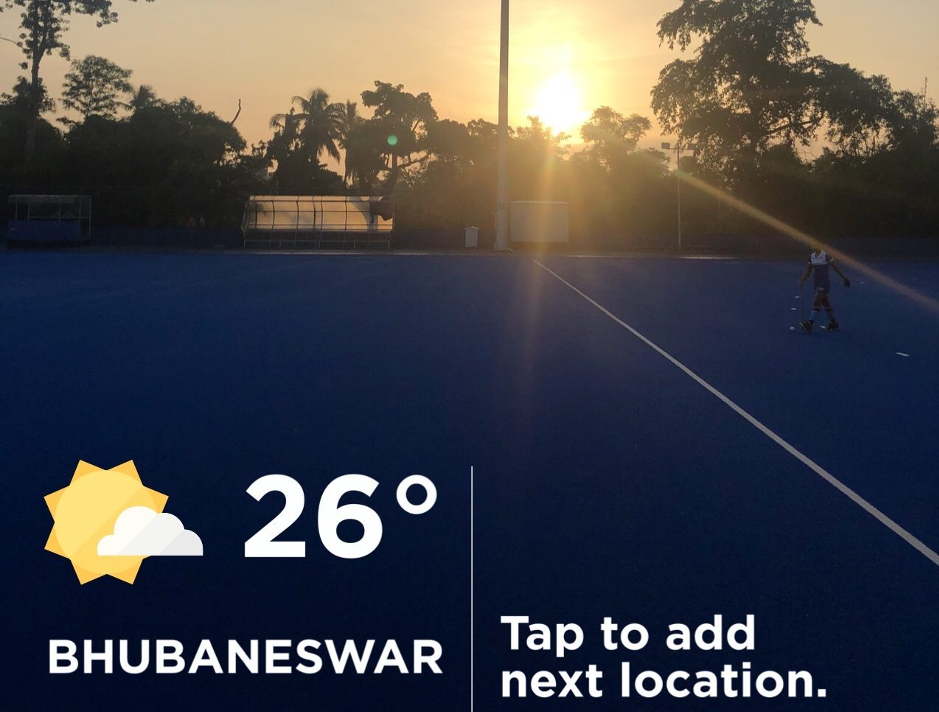
In brief this is what the Indian hockey landscape looks like. How hockey is experienced here is completely different from what we are used to in the Netherlands. I only speak from my own experience and specifically my experience at the Naval Tata Hockey Academy (NTHA).
A day at the NTHA
Cadets of the NTHA have a packed program. Except for some daily changes regarding intensity of training, the program looks more or less like this:
5.30 – 7.30am Morning training session
8.00am Breakfast
8.30 –12.30pm School
12.30pm Lunch
1.00 – 3.30pm Rest
4.00 – 6.00pm Afternoon training session
6.30pm Recovery snack
8.30-9.00pm Dinner
10.00pm Bedtime
The children have long days and a few days a week the rest time is used for extra classes about physical education or nutrition. On Saturday there is usually a morning program in the form of a mutual practice match. If something fun is organized in terms of outings, this is also on Saturday. Children and coaches have a day off on Sunday.
Despite the fact that the children are far from their family, for some up to 2000km away, they never complain and give it their all every training. They days and time the children are off they use to “be bored” Something that we in the west (including myself) have trouble with as we still will try to be doing at least something even if it’s scrolling through social media on our phone.
Some children who come to the academy don’t even have hockey shoes as their parents don’t have money to buy them for their child. The academy provides the players with a kit. As an academy we are responsible for everything regarding our players, from hockey kit to food to medical conditions, everything is arranged by us for them so that they can perform optimally. But to us that’s more than worth it!
Next time I will talk more about the traditions inside and outside of hockey.
Until next month.
Sjoerd

